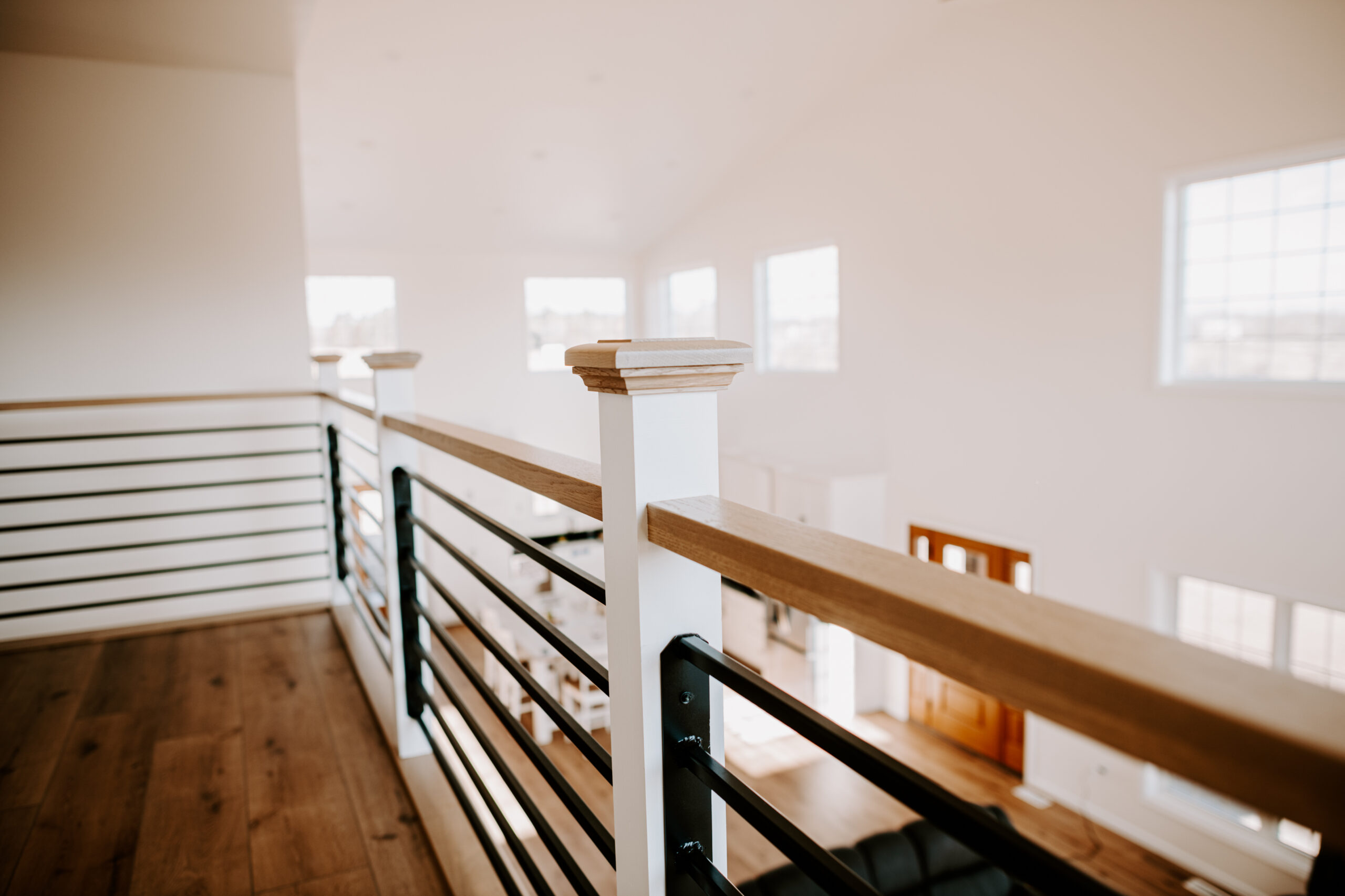Think of building a custom home like planning a long trip. You could book a travel agent for flights, hire a tour guide when you arrive, and then manage hotels and transportation separately. Or, you could choose one company that handles the itinerary, tickets, and details from start to finish. That second option is what the design-build method feels like in construction.
When you take on something as significant as building a home, the process matters just as much as the finished product. Design-build has become a preferred choice for many homeowners because it simplifies the journey, reduces stress, and keeps the entire project moving in harmony.
What Does Design-Build Mean?
In the design-build process, one company manages both the design and construction of your home. Instead of hiring an architect on your own and then searching for a builder afterward, you work with one team that handles everything.
This means you have:
- One contract to manage instead of juggling several.
- One team guiding the entire process from the first sketch to move-in day.
- One point of accountability for questions, updates, or decisions.
The design-build model keeps the vision for your home, the budget, and the construction timeline under the same umbrella, which makes the process more cohesive.
Why Homeowners Choose Design-Build
Homeowners are increasingly turning to design-build firms for custom homes because of the advantages this approach brings.
Streamlined Communication
Building a home involves hundreds of decisions, from floor plans to finishes. In the traditional model, you could find yourself passing messages back and forth between an architect and a builder. With design-build, the design and construction teams already speak the same language, so communication is smoother. You only have one partner to talk to, which reduces misunderstandings and saves time.
Budget Awareness from the Start
In the traditional model, plans are drawn before you know how much the project will cost to build. That can lead to surprises when bids come in. With design-build, the construction team is involved during design, so costs are tracked as the plans evolve. This helps keep the home aligned with your budget before ground is ever broken.
Shorter Timelines
Because the design and construction teams are part of the same company, planning and building overlap. While the design is being finalized, the construction team can prepare permits, line up subcontractors, and order materials. This overlap can cut weeks or even months off a project schedule.
A Single Point of Responsibility
When one company is responsible for both design and construction, there is no passing the blame if something needs to be adjusted. Instead, the focus is on finding solutions quickly. For homeowners, that means fewer headaches and a more collaborative experience.
A Personalized Home Experience
Custom homes are about reflecting your lifestyle and preferences. With design-build, the close collaboration between designers and builders creates opportunities for creative solutions that are both practical and unique. Whether it is a kitchen built around how you cook or a home office designed for the way you work, the process supports a home that truly fits you.
Design-Build vs. Design-Bid-Build
The traditional design-bid-build method involves hiring an architect to draw up plans, then putting those plans out to contractors for bidding. While this system works, it can also lead to delays, budget overruns, and additional stress for the homeowner who becomes the link between the two parties.
By comparison, design-build unites the process under one team. Instead of managing separate contracts and trying to keep everyone aligned, you have a single partner guiding the project from start to finish.
Is Design-Build Right for Your Custom Home?
Design-build is not the only way to build a custom home, but it is one that often creates the most streamlined and transparent experience. It is especially appealing to homeowners who:
- Want a clearer sense of budget throughout the process.
- Prefer one trusted point of contact instead of juggling several.
- Appreciate efficiency and want to move into their new home sooner.
A Balanced Approach to Building
At the heart of the design-build process is collaboration. It brings architects, designers, and builders together as one team, all working toward the same goal: creating a home that reflects the people who will live in it. For homeowners, that collaboration translates into less stress, fewer unknowns, and a smoother path to move-in day.
If building a home is like planning a trip, design-build is the option where you can focus on the experience instead of the logistics. It offers clarity, efficiency, and the reassurance of having one expert team by your side the entire way.

